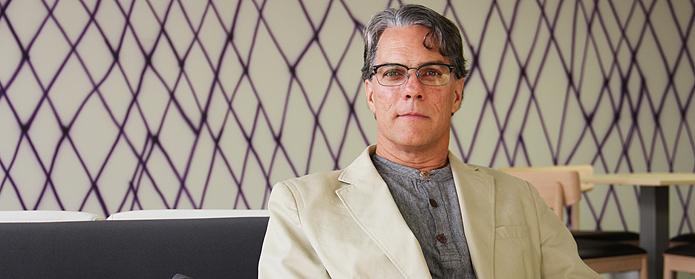"We can use film aesthetic analysis techniques to study religions"
S. Brent Plate (Hamilton College) noted that blockbusters and religions provide a place of social cohesion and a sense of belonging

"We can use film aesthetic analysis techniques to study religions," or so argued S. Brent Plate, an associate professor of Religious Studies at Hamilton College (USA), at the Institute for Culture and Society (ICS). The expert gave a lecture entitled "Religion and Film,” hosted by ICS’s Religion and Civil Society project.
In his view, blockbusters and religions have much in common since both provide a place of social cohesion and a sense of belonging to a given group— in film, the fans, and in religion, the faithful.
With certain films, such as Star Wars or The Lord of the Rings, going to a movie theatre is like a religious ritual: "You dress a certain way, you go to a certain place at a certain time and with a group of people that make up a community," he noted.
Based on the similarities between cinematographic constructions and religions, in his research, Plate compares the aesthetic techniques used in both. An example is the use of sound— "In religious traditions, sounds notify the faithful," he claimed. "In Islam the faithful know that it is time to pray when they hear the adhan; in Christianity, bells signify the start of Mass. Buddhism even uses a bell to call meditation to order," he added. In the movies, sound also tells us something about what is going to happen.
Freedom of expression and responsibility
In addition to publishing books on religion and film, Plate has also written about blasphemy in art throughout history. According to the expert, art is not blasphemous in itself, but rather has to provoke someone and elicit a reaction.
Although he considers freedom of expression essential, he noted that it also carries with it a responsibility. "We live in a time, especially in Europe and US, where immigration and changes in the demographics with people of other religious traditions, other cultures, and other languages are coming together and have to live together,” he concluded.
